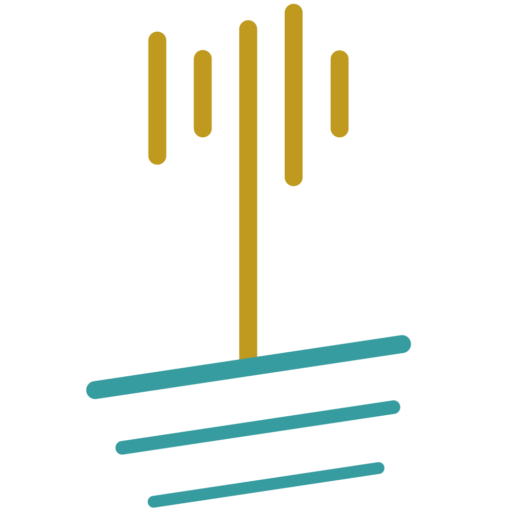Transparent, Trustworthy, Effective, Pragmatic, Human: these are the attributes that define how remote settings should be.
Conveying a message is what communication is all about. Being effective and meaningful is key to make your team thrive. No matter what work environment you are in, sharing information correctly is also about setting up the proper communication channels and readjusting to any circumstances.
Not everyone was prepared for it, but the new work paradigm taught us that a remote setting is not a myth.
Adapting is important. When working remotely, you can’t knock on your colleague’s desk for a favour, nor go on a proper break. We dare anyone to say that productivity and actual working hours didn’t increase after the office-to-remote work transition.
With more and more colleagues starting to get their shift together from home, a lot of questions are arising about what are the most impacted aspects of communication in remote settings.
As you might have read in Key Apps For Communication In Remote Work Settings, we are already familiar with what is needed to set up an appropriate environment.
New settings, new approach: in an office environment, things can easily settle and turn your job into a day-to-day struggle to end your shift. On the other hand, remote work is made of automated tasks, less communication, more action, and more trust. Working remotely gives you the chance to see what is planned in the long run. Thanks to top-notch user-friendly project management platforms, any team can be constantly updated about long-term objectives, the development status of any task, colleagues’ duties and so on.
In any remote workers’ team, what became a mandatory trait is transparency. What was once hidden in plain sight in the office, is right there in front of you anytime, anywhere in a remote setting. It’s incredible how the help of automation can improve the quality of work in such a smooth way that everyone benefits from it.
Transparency also translates into trust: no matter in what part of your project you are involved, you are part of the team, and as such you are part of the whole process. Showing improvements and results is not a source of self-pride, but a manifestation of the team’s chemistry.
Written or oral, there are so many ways to communicate so that everyone can feel at ease. Having a rough day? Sending an email can avoid a heated conversation. What matters the most is using the right channels to deliver the right information.
Communication in a remote setting becomes more personal. I dare you not to ask how is everyone when joining a call or a meeting. A human approach is what matters the most when there’s a lack of real contact.
It’s not a secret that remote workers experience episodes of loneliness, and the lack of people around often helps procrastination and distraction threaten productivity. For this matter, scheduled meetings and fixed follow-ups (often combined with a milestone-oriented task approach) will tackle the problem and solve the issue, helping not only to get things done but also to offer real human contact in the middle of a daily digital routine.
Another fundamental element of remote settings? Visual communication! No matter if it’s about a meeting or a presentation, information is provided in a more effective and direct way, helping the team to keep track of things. Everyone is brought by hand through their colleague’s work processes, giving importance to every single individual in this quest to reach the greater good for the team.
Effective communication is often threatened by stress. It is important to remark how much of a difference a morning routine can make in a normal day. It’s easy to understand how less stressed a person can be if is not forced to wake up hours before the beginning of the shift, facing morning traffic, lack of parking spots or overcrowded public transportation systems, a formal office environment and rush hours on the way back home. The first rule for a successful communication flow is to avoid as much as you can external factors that might interfere with the effectiveness of the conversation.
The purpose of meetings, follow-ups, emails and goal settings is to give everyone to experience a new hybrid form of work: a sort of old-fashioned way of seeing a fixed schedule merged with an objective-oriented perspective. Office and remote settings come together when it’s about keeping a “routine”, to help everyone to stick to the plan and move on to the next task, together.
Being away from others brings us closer. Strange as it sounds, remote work settings can be incredibly effective and bring your team spirit to the next level. It’s the next step forward in every person’s work style:
It’s not about how much you work on a task, it’s about completing it, and providing the best outcome;
It’s not about how much you show your presence, it’s about what you do and how to do it;
It’s not about arriving on time to start the shift, it’s about being sharp and focused on the next milestone to reach;
It’s not about controlling everyone’s job, it’s about sharing everyone’s accomplishments.
Remote settings can change the present work paradigm. What can make a difference is a human-centric approach with a pragmatic touch when it comes to tasks and duties.
Transparent, Trustworthy, Effective, Pragmatic, Human: if you have to describe how a remote setting should be, these are the 5 attributes you are looking for.
Originally posted on Heartvoiced.com

Paolo La Montagna is a linguist, passionate about the new frontiers of Natural Language Processing. He works as a freelance linguist for different clients that are specialized in NLP. Moreover, he is the localization manager of heartvoiced.com and the founder of thinkborderless.co.
